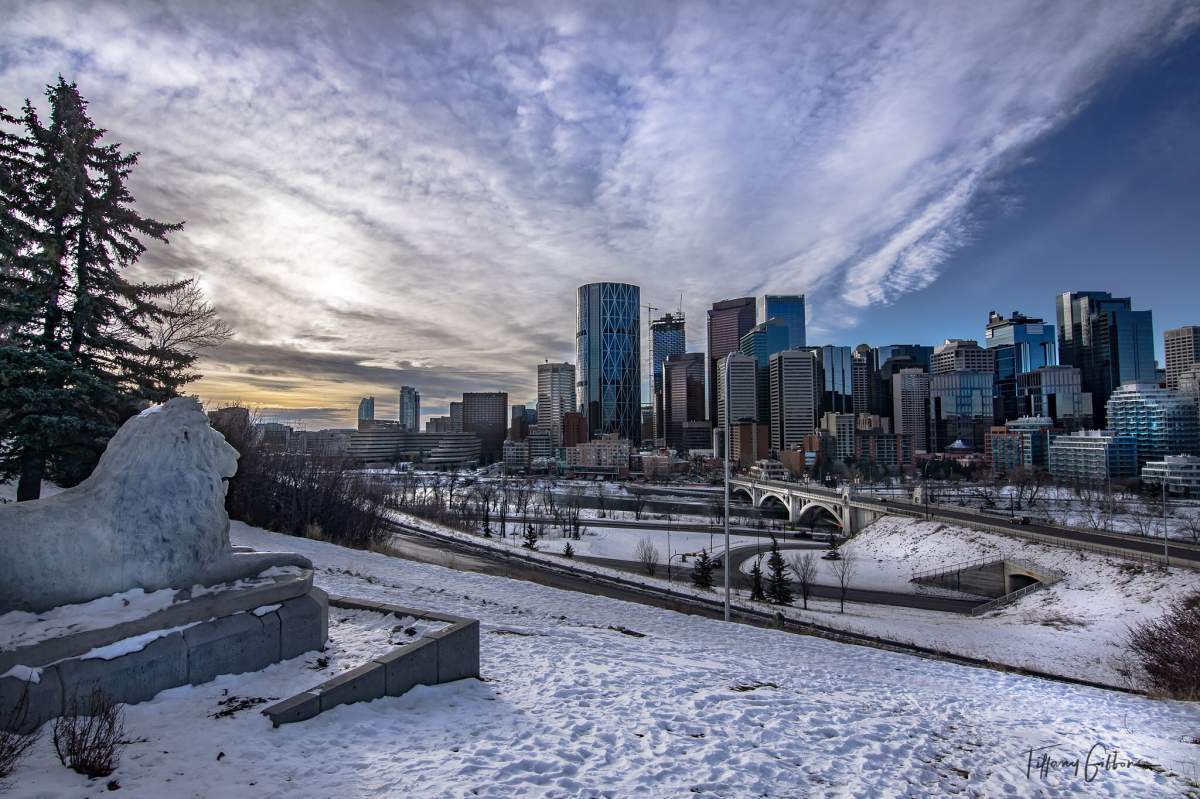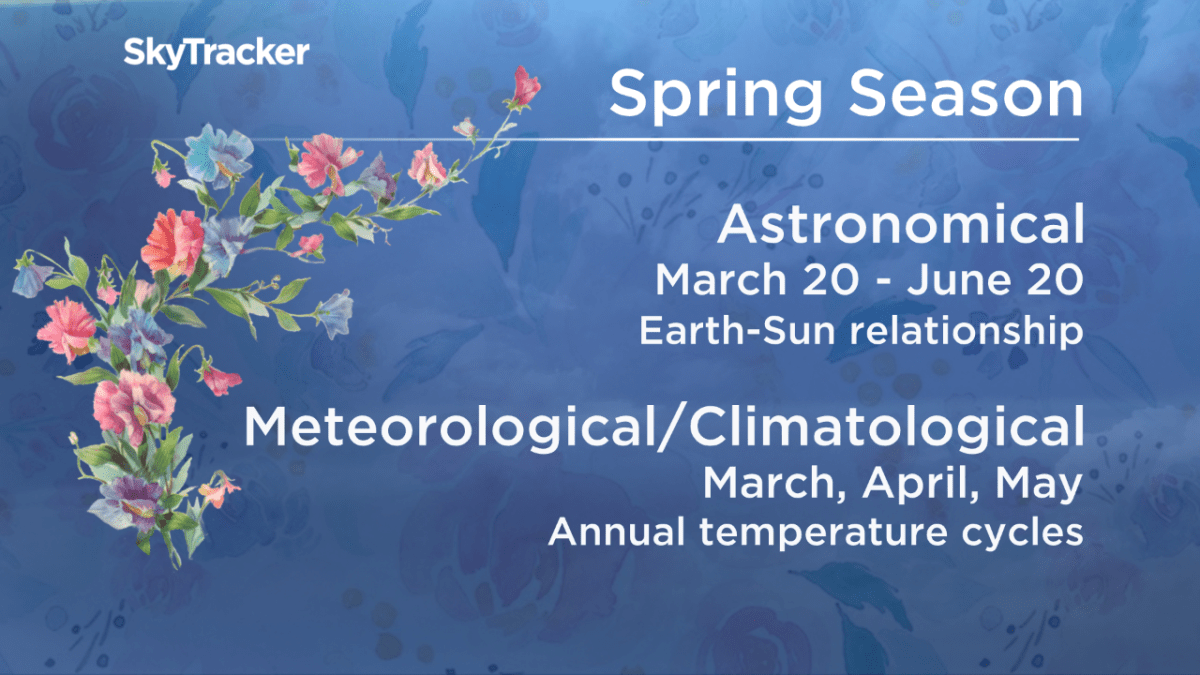This past winter season in Calgary started off warm, and the mild, fall-like temperatures stretched throughout December and January.

Unfortunately, winter’s icy grip took hold of the city in February, with bone-chilling temperatures that stretched the entire month.
Because of the elongated cold snap, and despite the warm start to the season, winter 2018/19 ended up being a total of 6 C colder than what the city is used to.
Not only did February bring a deep freeze to Calgary, but it also brought the bulk of the winter snowfall.
It pushed the season’s snowfall totals up to 46 cm, which is 13 cm more snow than usual for the city.
Meteorologists study winter as the three coldest months of the year; December, January and February.
December 2018: warm + dry
To start off the first month of the meteorological winter season, Calgary had the biggest snowfall of the season with a whopping seven cm falling on December 1.

Get breaking National news
The rest of the month went on pleasantly, with 20 days of highs above 0 C.
December finished off around 3 C warmer than seasonal, and although 15 cm of snow fell, it was still two cm less than usual.
January 2019: warm + dry
January followed in December’s footsteps, once again recording 20 days of highs above 0 C.
In fact, a new record high was set on Jan. 26 when the mercury rose to a balmy 14 C.
That boosted the monthly mean temperature to three C above normal.
What should the snowiest month of the winter season, was significantly drier than normal.
Only 10 cm of snow fell throughout the month, ending with five cm less snowfall than usual.
February 2019: very cold + very snowy
February was the turning point, as cold arctic air and snowy weather moved in.
Temperatures stayed below freezing for the entire month — except for one hour on Feb. 22.
February was colder than normal each day and ended 13 C below the monthly average.
On Feb. 10, Calgary felt its coldest with a wind chill of -42, and two days later, the coldest temperature was recorded at a frigid -30 C.
Not only was Calgary dealing with a deep freeze, but it also snowed 25 of the 28 days in February — totalling 35 cm of snow.
That’s 20 cm more snow and 17 extra days of snowfall than the city is used to.
This year, the spring equinox falls on March 20, but the beginning of the spring season for meteorologists starts before that, on March 1.
March started off cold, but a shift in the jet stream brought a drastic warm up, with double-digit temperatures throughout the middle of the month.
Luckily, much of Alberta can expect above seasonal daytime highs for the rest of March and into April.
The forecast below was released by Environment Canada on March 14 and it shows a high probability for above normal temperatures for the next 28 days.

To stay updated with radar and weather alerts in your area, download the Global News Skytracker weather app for iPhone, iPad or Android.














Comments